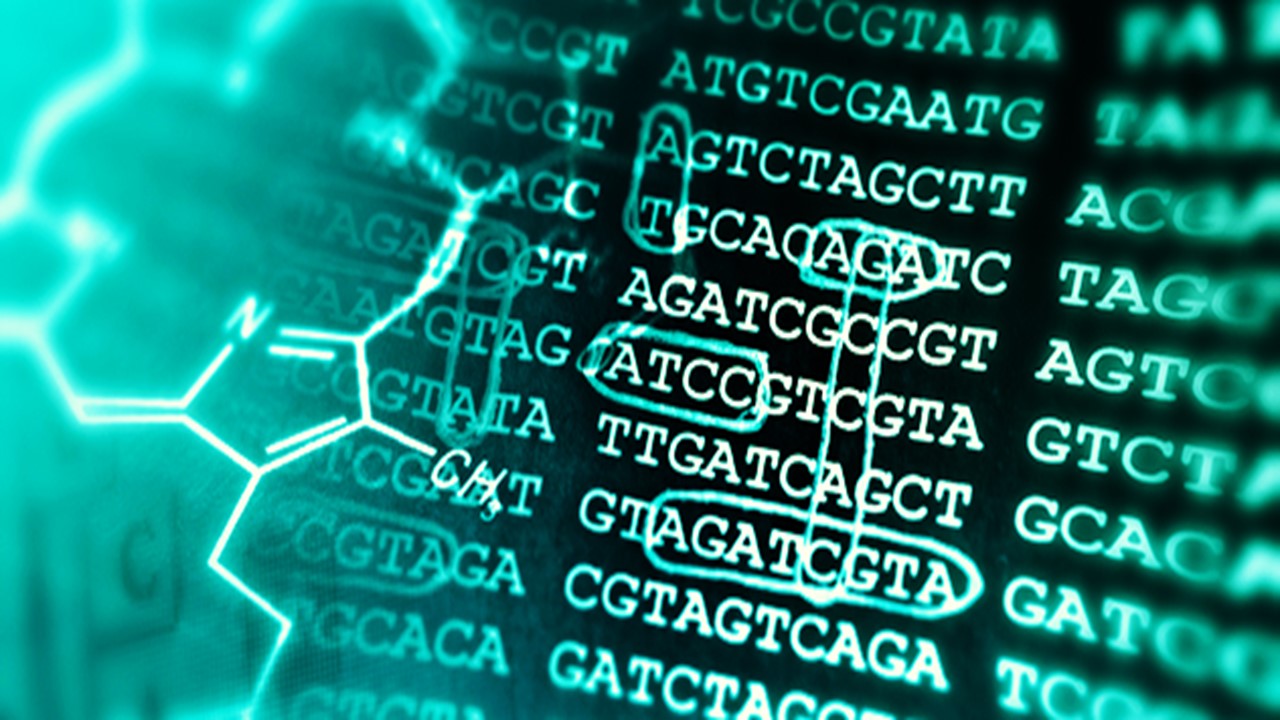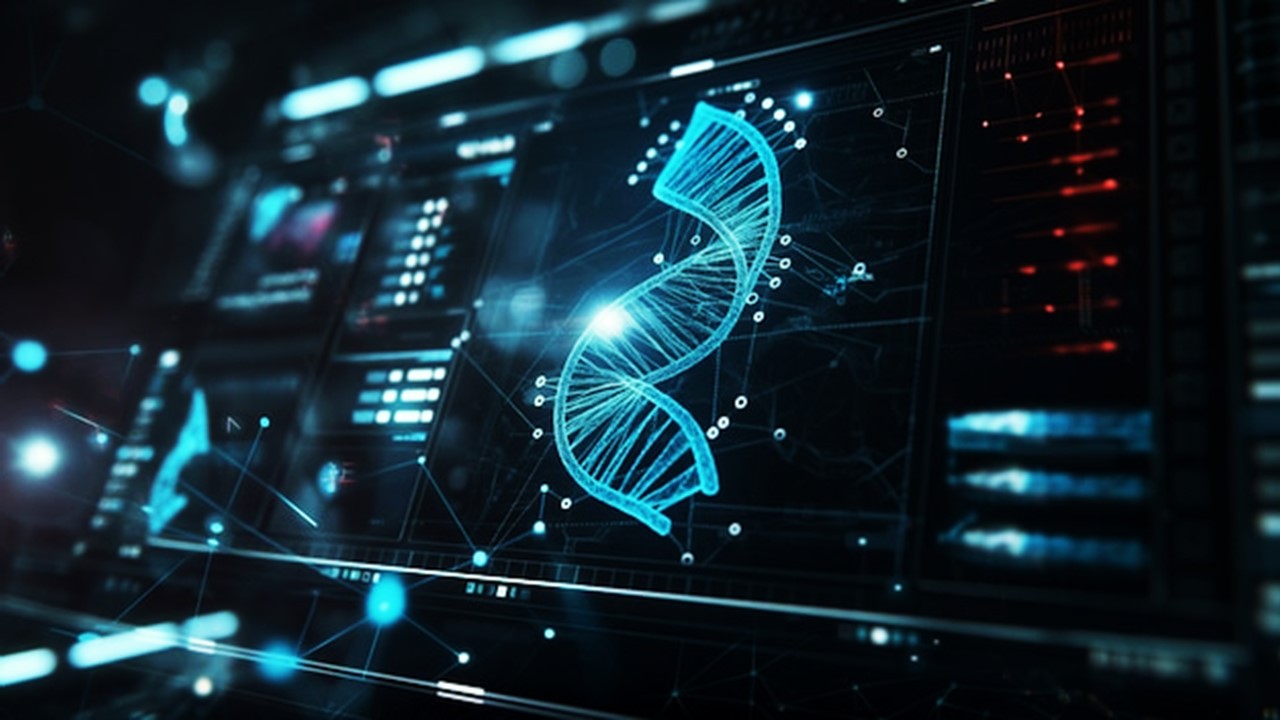Advancements in molecular biology and screening technologies are revolutionizing the process of drug discovery. Small molecules, long known for their therapeutic potential, are now being scrutinized through innovative techniques that promise to unlock their full power. The journey toward understanding how these molecules interact with biological systems—specifically, identifying their precise targets and mechanisms of action—is a critical step in the drug discovery process. This emerging science combines computational methods, high-throughput profiling, and a host of experimental techniques to decode the intricacies of molecular behavior.
From Purified Proteins to Cellular Contexts: A Shift in Drug Screening
For decades, the standard approach to drug discovery focused on testing compounds against purified proteins. This reductionist method, while useful, stripped away the complex environment in which proteins operate within living cells. However, recent advances in assay technology are prompting a shift back to phenotypic assays conducted in cells or even whole organisms. These assays preserve the cellular context and provide a more holistic view of how small molecules interact with their targets.
Yet, this shift comes with challenges. While cell-based assays offer a better approximation of disease-relevant settings, they leave the exact protein targets or mechanisms behind observed effects unresolved. Even after a relevant target is identified, additional studies are needed to uncover off-target effects or discover new roles for the target protein within biological networks. This process of “target identification” or “deconvolution” is crucial to ensuring that new therapeutic molecules are both effective and safe.
Decoding Targets: The Role of Computational Methods
Computational methods are playing an increasingly prominent role in target identification. These methods offer a way to infer the protein targets of small molecules, providing invaluable support for proteomic and genetic techniques. By analyzing patterns across biological assays, computational approaches can identify new targets for existing drugs or explain off-target effects, opening doors to drug repositioning—an often faster and more cost-effective route to new therapies.
One common approach involves profiling the bioactivity of small molecules. Compounds with similar mechanisms of action tend to behave alike across various assays. Databases containing gene expression or small-molecule screening data provide a treasure trove of information, allowing researchers to assess new compounds based on their performance against known standards. By clustering similar compounds, scientists can form hypotheses about their potential targets and mechanisms of action.
Gene Expression Profiles: A Window into Molecular Mechanisms
Gene expression profiling has become a powerful tool in the search for small-molecule targets. Early studies in yeast, for example, revealed how the immunosuppressants FK506 and cyclosporine A acted on calcineurin, the protein responsible for their effects. These findings not only confirmed known mechanisms but also suggested new genes and pathways as potential targets.
Building on these early successes, public databases like the Connectivity Map now offer expansive collections of gene expression profiles derived from human cell lines treated with various small molecules. By pattern-matching these profiles, researchers can predict the effects of new compounds and begin to uncover their molecular mechanisms.
Affinity Profiling and High-Content Screening: A Closer Look at Protein Interactions
Another method gaining traction in target identification is affinity profiling, which predicts ligand binding to proteins by analyzing biochemical assays. This technique has been instrumental in designing screening libraries that include biologically diverse compounds, thus enhancing the likelihood of discovering novel targets.
High-content screening, a technique involving high-throughput microscopy, has also emerged as a promising approach. By clustering phenotypes based on their cellular effects, researchers can discern patterns that hint at potential small-molecule targets. This method allows for a more nuanced understanding of molecular interactions and is particularly useful for identifying off-target effects.
Harnessing the Power of Public Databases: The Role of Bioactivity Profiling
Public databases such as ChemBank and PubChem have become vital resources for accumulating vast amounts of data from small-molecule assays. These databases allow researchers to mine bioactivity profiles, offering insights into the relationships between chemical structures and biological targets. For example, the National Cancer Institute’s NCI-60 project, which exposed 60 cancer cell lines to a wide array of small molecules, provided invaluable data that connected protein expression levels to small-molecule sensitivity patterns.
These bioinformatic and cheminformatic approaches have helped shape our understanding of small-molecule mechanisms of action. By creating multidimensional profiles of compounds across various cell states, researchers can generate hypotheses about their potential therapeutic uses.
Profiling with Precision: High-Throughput and Predictive Modeling Techniques
High-throughput screening (HTS) methods have further refined the ability to profile small molecules. By creating “HTS fingerprints,” researchers can facilitate virtual screening and scaffold hopping, which involves predicting how modifications to a molecule’s structure might enhance its activity. Predictive modeling, a well-established practice in computational chemistry, has also advanced in recent years. By analyzing structure-activity relationships, scientists can predict targets for new compounds, explain off-target effects, and even design compound libraries focused on specific biological pathways.
One particularly exciting example involves the similarity ensemble approach (SEA), which groups related proteins based on the chemical similarity of their ligands. This method has successfully predicted off-target activities for several drugs, including methadone and loperamide, and has even been used to “de-orphan” FDA-approved drugs with unknown targets. The implications of this work are profound, as it suggests that chemical information alone can be sufficient to predict the behavior of small molecules.
Integrating Data for a Systems-Level Understanding
The integration of data from multiple experimental and computational sources has become a hallmark of modern drug discovery. Researchers are increasingly adopting network-based approaches—known as systems chemical biology or network pharmacology—to understand the interactions between drugs, targets, and biological systems. These methods are particularly useful for unraveling complex phenotypes caused by the effects of small molecules on multiple targets.
Recent examples highlight the power of integrated approaches. In one study, researchers used quantitative proteomics and RNA-silencing data to identify Aurora kinase A as a relevant target for a broad-spectrum kinase inhibitor in acute megakaryoblastic leukemia. Similarly, in chronic myelogenous leukemia, proteomic and transcriptomic data were combined to dissect the synergy between two multikinase inhibitors, offering new therapeutic strategies.
The Future of Drug Discovery: A New Era of Precision Medicine
The ability to integrate large data sets from diverse sources is ushering in a new era of precision medicine. As researchers refine these techniques, the potential for discovering novel therapeutic targets continues to expand. With each new discovery, we move closer to a future where small molecules can be designed with unprecedented precision—offering more effective treatments with fewer side effects.
The road ahead is complex, but the tools now available make it one filled with promise. By combining high-throughput technologies, computational modeling, and systems-level approaches, scientists are unlocking the mysteries of small molecules and their interactions within biological systems. The next breakthroughs in drug discovery are likely to come not from isolated experiments but from the integration of knowledge across multiple domains, leading to a deeper understanding of how these molecules work—and how they can be harnessed to improve human health.
Engr. Dex Marco Tiu Guibelondo, B.Sc. Pharm, R.Ph., B.Sc. CpE
Editor-in-Chief, PharmaFEATURES

Subscribe
to get our
LATEST NEWS
Related Posts

Bioinformatics & Multiomics
Mapping the Invisible Arrows: Unraveling Disease Causality Through Network Biology
What began as a methodological proposition—constructing causality through three structured networks—has evolved into a vision for the future of systems medicine.

Bioinformatics & Multiomics
Open-Source Bioinformatics: High-Resolution Analysis of Combinatorial Selection Dynamics
Combinatorial selection technologies are pivotal in molecular biology, facilitating biomolecule discovery through iterative enrichment and depletion.
Read More Articles
Myosin’s Molecular Toggle: How Dimerization of the Globular Tail Domain Controls the Motor Function of Myo5a
Myo5a exists in either an inhibited, triangulated rest or an extended, motile activation, each conformation dictated by the interplay between the GTD and its surroundings.
Designing Better Sugar Stoppers: Engineering Selective α-Glucosidase Inhibitors via Fragment-Based Dynamic Chemistry
One of the most pressing challenges in anti-diabetic therapy is reducing the unpleasant and often debilitating gastrointestinal side effects that accompany α-amylase inhibition.













